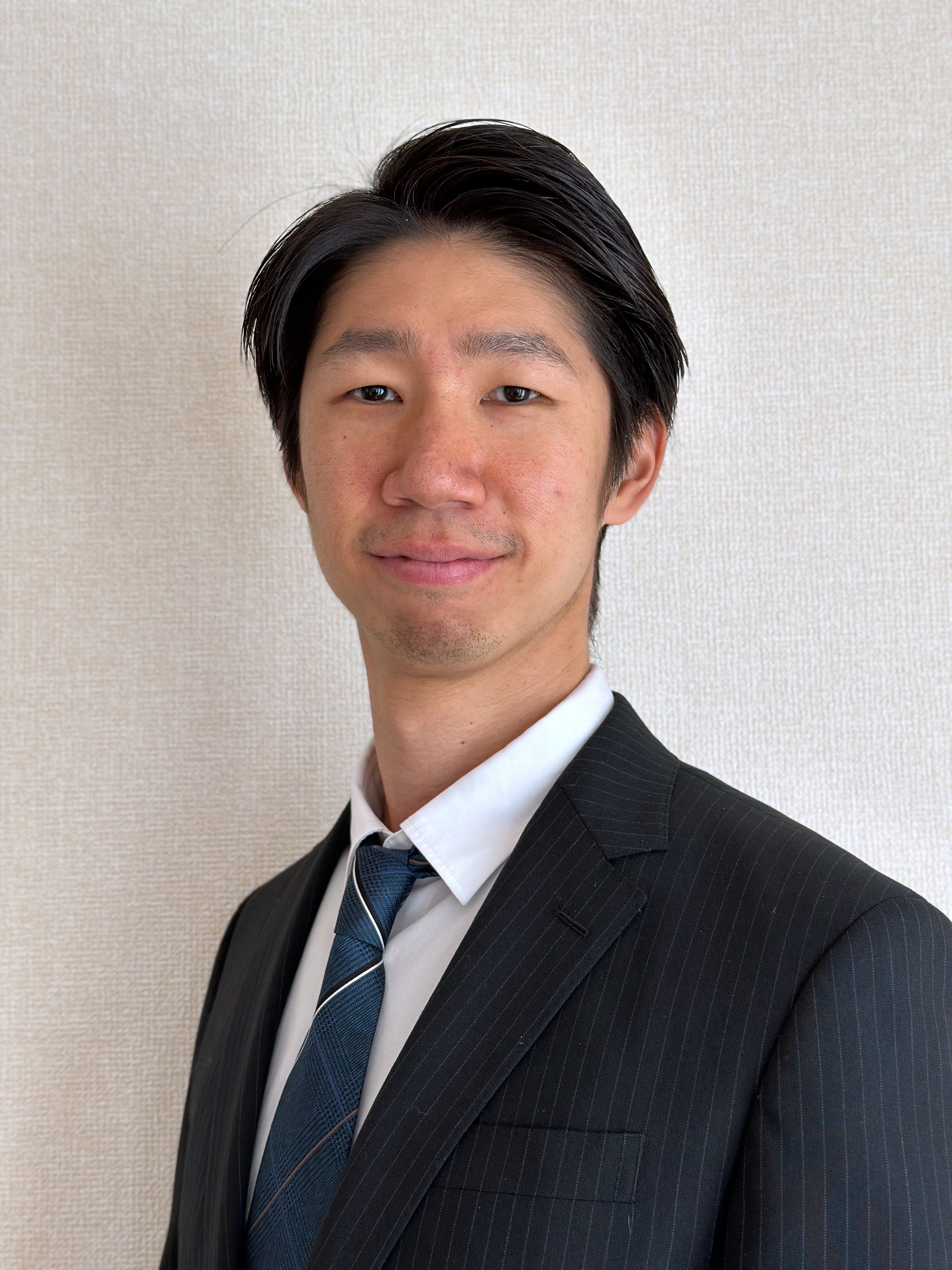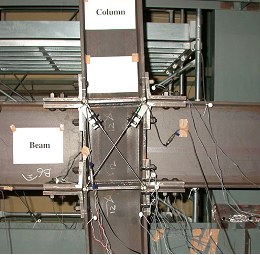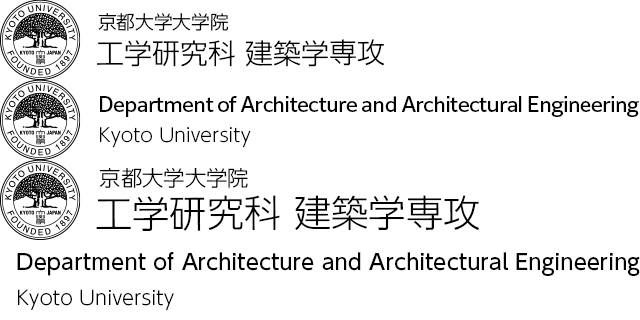Space Development and Structural Systems
Creation of advanced steel structure which satisfy diverse and sophisticated demands on safety and functionality of buildings and structure space. Establish solution and design method to maximize potential ability of steel material and evaluate performance of members and joint systems based on actual critical behavior and collapse mechanism.
Academic Staff
Yuji KOETAKA
 Professor (Graduate School of Engineering)
Professor (Graduate School of Engineering)
Research Topics
- Design method for steel structures based on prediction of accurate seismic response considering 3D effect and collapse behavior.
- Development of floor system for reuse of steel members to reduce the effects on the environment.
- Design method for seismic elements and dampers to assure deformation capacity
Contacts
Room 304, Bldg. C2, Katsura Campus
TEL: +81-75-383-2947
E-mail: koetaka![]() archi.kyoto-u.ac.jp
archi.kyoto-u.ac.jp
Hiroyuki INAMASU
Junior Associate Professor (Graduate School of Engineering)
Research Topics
- Development of innovative structural members and connections as part of steel building structures aiming for the enhancement of seismic performance
- Investigation of the collapse behavior of the steel building structures and evaluation of their collapse capacity
Contacts
Room 303, Bldg. C2, Katsura Campus
TEL: +81-75-383-2948
E-mail: inamasu![]() archi.kyoto-u.ac.jp
archi.kyoto-u.ac.jp
Research Topics
Advancement and Assurance of Seismic Performance and Quality of Steel Building Structure by Adopting New Materials and Joint System
- Development of new structure system and joint system using high strength steel and bolts.
- Using high strength bolts to secure sufficient construction quality without specific workmanships at connections.
- Sustain functionality of building against strong earthquake by limiting plastification to dampers and keeping main structural elements in elastic.

Figure 1. Moment Connectin of Wide Flange Members by High-strength Bolts

Figure 2. Knee Brace Joint System Connected by Buckling Restrained Members

Figure 3 Moment Connection with Friction Dampers by Aluminum Sprayed Splices
Assessment of Actual Quality and Performance and Effective Seismic Retrofit/Rehabilitation of Existing Steel Building Structure
- Since seismic performance of structures depend on design and construction practices of the built time, existing buildings occasionally have insufficient seismic performance.
- Examine quality and performance of existing buildings and develop effective seismic retrofit.

Figure 1. Welding defects detected by macroscopic test

Figure 2. Weld defects occurrence by ultrasonic inspection

Figure 3. Loading test of existing steel structure
Seismic response and damage assessment of early high-rise buildings subjected to long period ground motions

Figure 1. Analysis model of early high-rise building

Figure 2. Response of early high-rise building subjected to long period ground motion predicted from Nankai Trough Earthquake

Figure 3 Full-scale moment connection specimen reproducing early high-rise building
